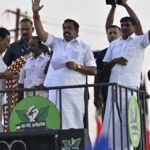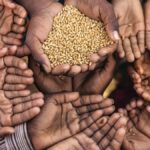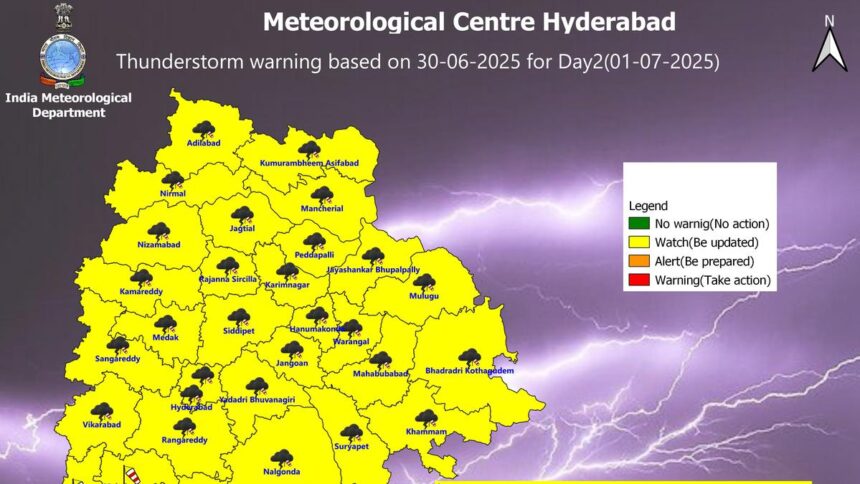
Grinson George, Director of CMFRI.
| Photo Credit: H.S. MANJUNATH
Stating that Karnataka has submitted the draft of its mariculture policy, Grinson George, Director of the Central Marine Fisheries Research Institute (CMFRI), has said that maritime States will have to come out with their respective mariculture and open-water leasing out policies if seaweed farming is to thrive in the country.
In the background of the Union government designating CMFRI’s Mandapam Regional Centre as the Centre of Excellence for the holistic development and promotion of seaweed culture in the country, Mr. George told The Hindu that if global production of seaweed was at 35.5 million metric tonnes, India’s share stood at only one lakh tonnes.
300 sites identified
Mr. George said that though the CMFRI had identified 300 sites for seaweed farming in the country, the absence of a mariculture policy for leasing out open water was a hindrance to pushing the cultivation aggressively. Multinational companies (MNCs) that are ready to invest in seaweed culture want a clear-cut policy. MNCs needed a larger area to tap the potential.
He stated that the CMFRI developed guidelines on open-water leasing in the mariculture policy, which were submitted to the Union Department of Fisheries. Now, coastal States will have to form their respective policies.
“Sea area, up to 12 nautical miles from the coast, is under the jurisdiction of the States. They can fix the rates and practical ways of taking up seaweed cultivation. Then MNCs will come and invest,” he said.
“Goa has come out with its policy. Karnataka and Andhra Pradesh have submitted their drafts. The CMFRI is technically guiding and supporting the States in fine-tuning their drafts. We have a team working on this,” the Director added.
Import guidelines
Mr. George said that the Department of Fisheries under the Union government has come out with import guidelines for seaweeds also. “Now there are proper import guidelines. We can import, quarantine, test, and do farming,” he said.
Notwithstanding, some States have concerns over the impacts of non-native seaweeds on biodiversity, including whether they would replace native species or if they would actually thrive, etc. Such fears will have to be allayed properly, he said.
Mr. George said that when compared to non-native seaweeds, cultivating native ones is not very profitable. “For example, native seaweed like Sargassum, when dried, fetches ₹11 per k.g. Whereas non-native seaweed like Kappaphycus alvarezii fetches ₹69 per kg,” he said, adding that non-natives, which can fetch a good price, should be imported for cultivation.
He said that seaweed cultivation will have to flourish in the country in many ways. “Because there is a requirement for bioactive compounds from seaweed, which are being imported by India. It is a great loss in terms of foreign exchange. MNCs have to invest seriously in this seaweed business.”
Published – July 06, 2025 07:38 pm IST




















